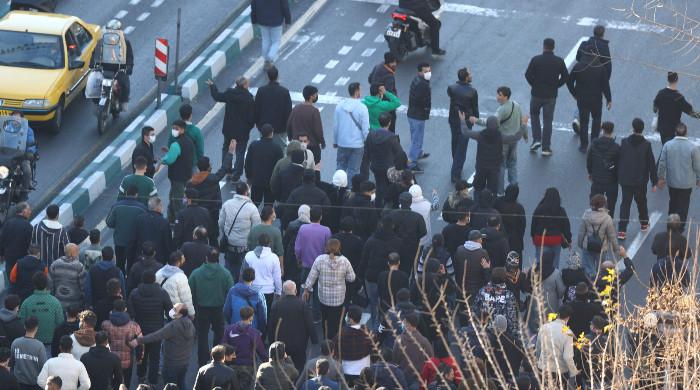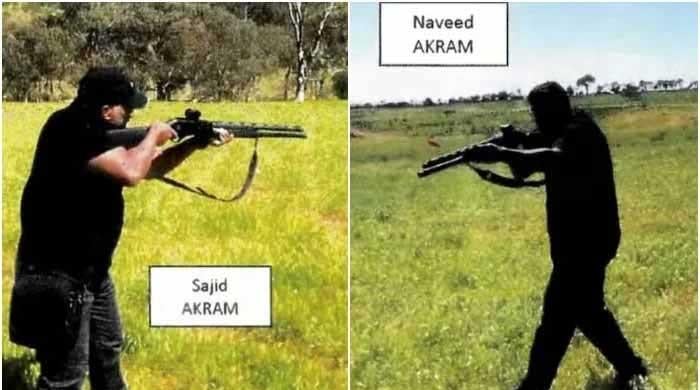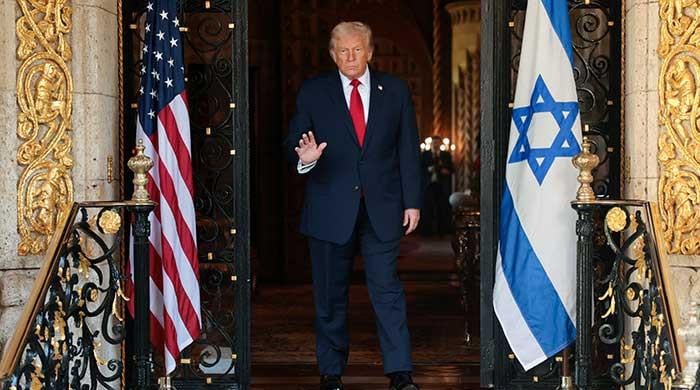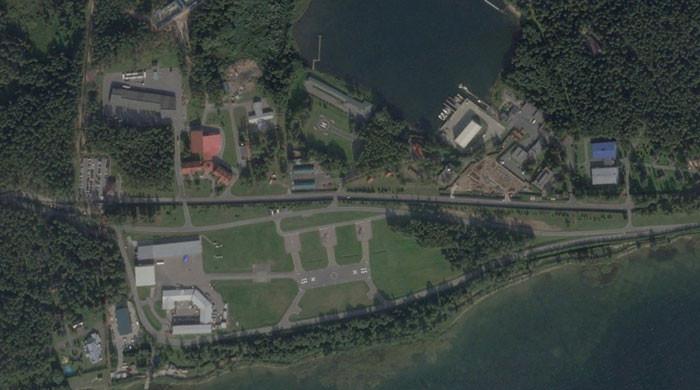My stay at the Bagram military base
Bagram took on a critical importance for the US Air Force and Army over the 20 years of the US ‘intervention’ in Afghanistan
July 06, 2021
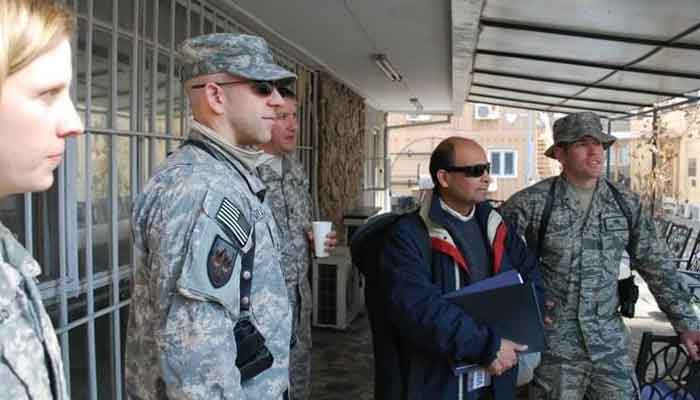
The Bagram military base in Kabul has been handed over to Afghan forces by the Americans, nearly 20 years after the invasion of Afghanistan.
Bagram — named after the town where it is located, 25 kilometres north of Kabul in the Parwan province of the country — covers an area of roughly 50 square kilometres.
The Bagram Air Base was built by the Soviet Union in 1950 under one of several military agreements between Afghanistan and the Soviet Union. The Soviet Union also played a role in the creation of the Afghan Air Force.
After the communist Parcham and Khalq parties overthrew the Afghan government in 1978, they invited the Red Army under a treaty with the Soviet Union to save the Communist revolution. During the Soviet intervention, Soviet and Afghan forces used Bagram to bomb mujahideen positions and the far flung areas of Afghanistan.
Later, during the 1996-1999 civil war in Afghanistan, one end of the Bagram base was occupied by the Northern Alliance, while the other end was in possession of the Taliban.
Bagram later took on a critical importance for the US Air Force and Army over the 20 years of the US ‘intervention’ in Afghanistan.
My stay at Bagram
I visited Bagram in 2012. Our plane had landed at the Hamid Karzai Airport in Kabul in the evening of January 18, just as the sun was going down behind the mountains.
We were greeted by NATO representatives, among them an Afghan translator. We were supposed to be taken to the Serena Hotel in Kabul.
The translator guided our small convoy. We moved fast: after clearing security, we were bundled into a big van, which was supposed to drive us to our hotel. Our van seemed to be taking an unnecessarily longer route. When we had travelled for a while, I asked the translator whether a new Serena hotel had been built in the city. According to my knowledge, it was not supposed to be so far from the airport.
I was told that we were no longer going to the Serena Hotel, but to the US military base at Bagram. We were told that the Taliban had fired rockets at the area adjacent to Kabul’s Bazar Buzurgan and Serena Hotel earlier that morning, so the hotel had been evacuated and the area cordoned off.
So, for security reasons, our stay had been arranged at the US military base. Against the luxury of relaxing in the Serena Hotel, staying in a military barracks seemed like a daunting prospect: but the biggest surprise was yet to come.
After we arrived at the Bagram base, we were told we would be staying the night at a camp consisting of a big tent, where rough bunk-beds and loud heaters greeted us. Ten days in that tent instead of the Kabul Serena seemed like a tough ask. The other painful thing was the toilets, which were outside the tents and required a five-digit code to open. You couldn’t go to the loo without the code.
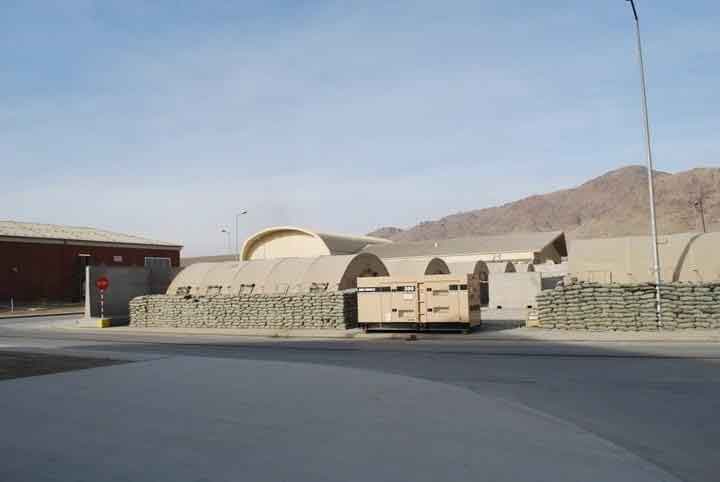
Thankfully, having been familiar with war conditions (I had covered a wide range of military exercises with NATO and was a member of a military family), I had little difficulty adjusting.
After spending the night in the tent, we were ushered to the briefing department at the base. A briefing was given by Gen William Caldwell, who was responsible for the foundation and development of the Afghan National Army and the Afghan Police. He briefed us in detail about the costs incurred in building up the security forces in Afghanistan, which he estimated to be $100 billion. He explained that a single American soldier in Afghanistan cost $700,000 a year, compared to the $25,000 spent on training an Afghan soldier.
I asked the general what proportion of the nationalities residing in Afghanistan was represented in the army, and his response was that the army comprised all nationalities. However, the number of Pashtuns was smaller than it should have been, but their numbers were gradually increasing. He also explained that there was desertion, but the rate was not too high.
He had recounted difficulties in rebuilding the Afghan Air Force, because it needed highly educated people, who he said were few in number in Afghanistan. He had estimated that the total strength of the Afghan army and police would be 350,000.
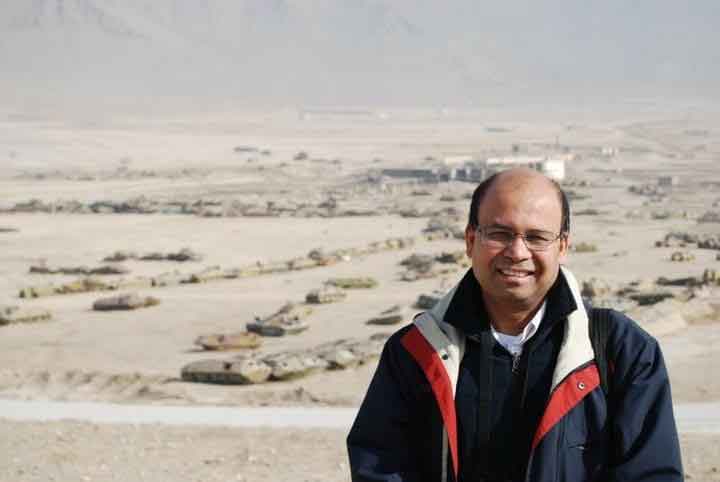
Later, we had lunch at the Pizza Hut on the base. We had to satisfy ourselves with vegetarian pizza and coke, as most of the non-vegetarian pizzas on offer contained pork. Beer with a 5-7% alcohol content was also on the menu. We had to pay for the food in dollars while silently contemplating the ‘freedoms’ brought by the Americans to the Islamic Republic of Afghanistan.
I also remembered that Bagram was also a notorious jail where suspected Taliban and prisoners of the Kabul government were also kept. A number of them had accused the Kabul government of torturing them at Bagram.
Over the last 40 years, Bagram has witnessed the defeat of the two great superpowers of recent history. At the same time, it is a symbol of the internal turmoil wracking Afghanistan, its archaic tribal system and rampant corruption of society: despite the intervention of the two superpowers — which went in (albeit due to differing reasons) to ‘help’ the Afghan people, the cycle of violence in Afghanistan has not ended. Instead, both interventions have only resulted in deepening the civil war and shifting more power to warlords.
Only time will tell what the future will bring to this iconic place.




